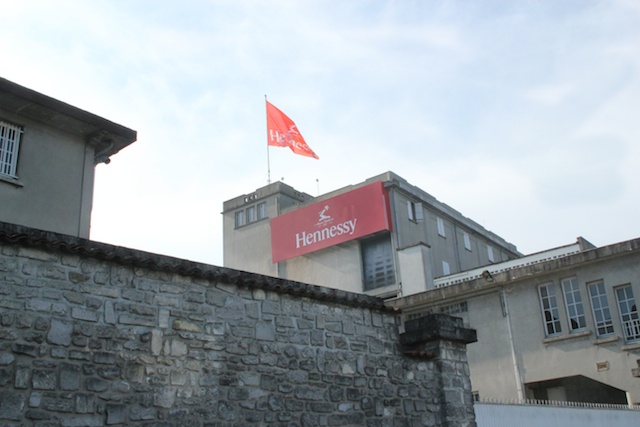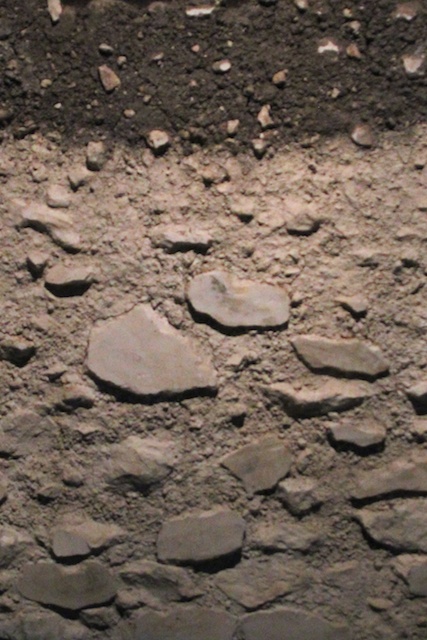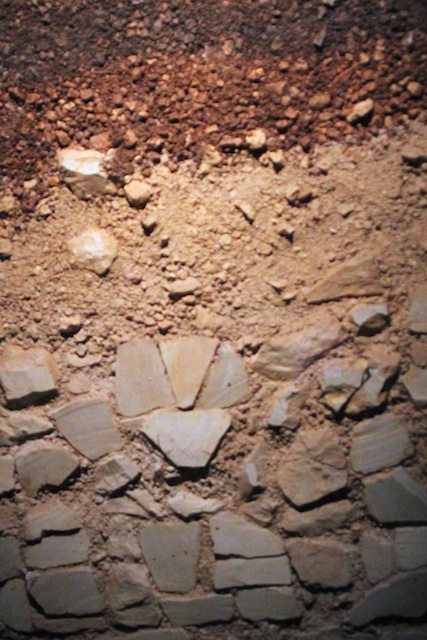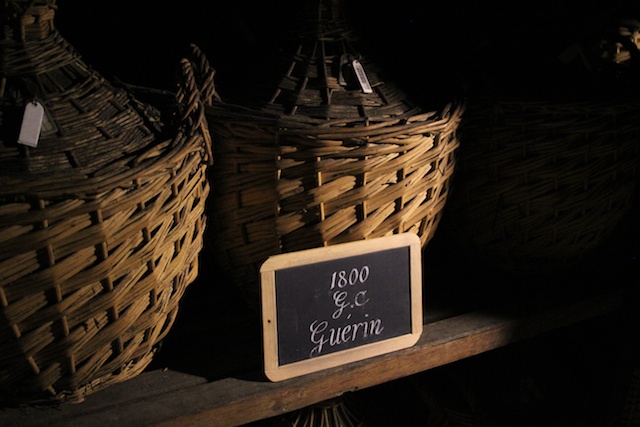France 2013 - Day 5 - Hennessy

Since we had to pass back through Cognac on the way north to Normandy, we thought we should visit the largest producer in the region seeing we had spent so much time at the smaller ones. At least for the sake of perspective. Hennessy owns 200 hectares of vineyards in the Grand Champagne region alone (pretty much all of it) and they work with another 2500 or so producers from whom they purchase either distillate or the wine from their various grapes. They're owned by LVMH, the same company that owns Ardbeg and Glenmorangie, so we knew we'd get a great response if we asked to stop by. As usual, the people at LVMH set us up with an outstanding tour.

While there is no distillation on site at the Hennessy headquarters in downtown Cognac, there is a fantastic museum. It's great to visit the smaller farms like Jacques Esteve or Bouju, but you're not going to see a whole lot of production happening in late March. The models that are in the Hennessy museum, however, make understanding the entire process – from vineyard to bottle – quite simple and fun. I would recommend it to anyone wanting to learn more because you reall get a grasp of what's happening. Hennessy does do some of their own distillation from three different sites all equipped with ten stills or so like the alambic pictured above.

One of the coolest displays at the museum is the breakdown of soils between the various regions in Cognac. You can see the limestone directly underneath the top soil in Grand Champagne.

Whereas Fin Bois has much more clay, producing wines with lower acidity levels that aren't quite as good for distillation. This all makes a big difference in the flavor of the final eau-de-vie.

Hennessy still has insanely old Cognacs sitting in barrel at their warehouses. They also have a guy whose sole job is the write the name of the distillate and the vintage upon each one. Our guide Fay told us he has a master's degree in calligraphy just to do this one job!

They also have really old Cognac resting in glass demijohns so that they don't mature any further in wood. Two hundred and twelve years in a barrel might be a bit too long for some brandies.

If you really want to get crazy you can purchase one of these super exclusive Cognac packages. This one sells for $100,000 and they only made 100 for the world. Who's in?
The story of Hennessy as a producer is really quite interesting. Richard Hennessy himself was not French, but rather an Irishman who came over to found the company in 1765. You can still see the date scratched on the original warehouse he bought in 1774. Today it's grown into a company that sells 63 million bottles a year worldwide. You can see why they need to work with so many farmers and producers to maintain a solid stock of distillate. They've got 300,000 barrels aging in fifty large warehouses today and all of the expressions are still blended by the Filloux family, who have been doing so for seven generations.
It's crazy to think about how large businesses develop. We were talking about it in the car on the long drive yesterday. You buy some land, make some Cognac, sell it to a few locals, and then you need some more. If you sell more bottles then you can buy some more land in order to make more product, but then you'll have to hire more help. You want to spend some more time with your family, so you need to hire some workers. If you make enough money to hire more help you can spend more time finding new customers. You know how it goes from there. It's amazing to think that Hennessy started that way. Just a guy from Ireland using his successes from the brandy business to expand an empire.
Today the top market for Hennessy is the United States, believe it or not. China and Taiwan are right behind us, but we drink the most VS in America. It's still quite popular with the young club scene and the hip-hop movement, so there's no sign of Hennessy losing business as their customer base matures over the next decade. They're going to have to worry about what most brown booze businesses are currently freaking out over – where are they going to find more product? Unlike single malt, you can't just buy more base ingredient and distill it. It has to come from a specific designated region and there's only so much of it. Crazy!
We spent last night with the Camut brothers and we're all a bit hung at the moment. It was a long and crazy night. Lots of cheese, lots of apple-based products. We're out in Normandy today if we can drag ourselves out of bed and into the car.
More on our adventures later today.
-David Driscoll
